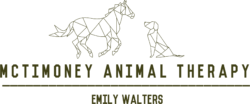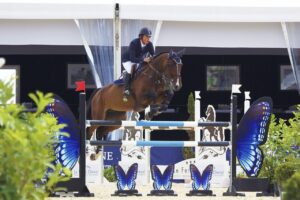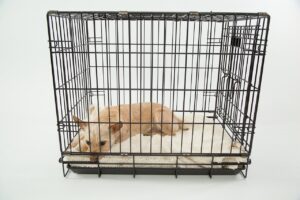We have all heard this saying and know that our horses feet are vitally important and need to be trimmed and possibly shod frequently to allow the horse to do the jobs we ask of them. Every stride the horse takes places a massive amount of weight down and through the hoof. The horses hoof is a complicated structure and the precise working are still not fully understood although a lot of research had been carried out in the field. Horses with poor foot conformation and poor foot balance can end up with back and muscle pain. This can be addressed by McTimoney Animal Therapy alongside a decent remedial farrier.
The hoof is made up of several main structures:
• Hoof wall-grows from the coronary band and forms the major weight bearing structure of the foot
• Laminae-attach the hoof wall to the pedal bone and also allow weight to be transferred from the
pedal bone to the hoof wall.
• Sole- protects the bottom of the foot and is slightly concave
• Frog- allows the expansion of the heels and the flexion of the foot during weight bearing. Also may act as a pump to increase circulation
The quality of hoof horn can be affected by many different things but the main problem is damp. In damp Britain feet tend to wear and collapse more easily than in drier climate. Horn growth can also be affected by weather but also a change in feed, exercise and time of year. Studies have shown that pigmentation in hoof horn doesn’t effect the strength but white hooves are more prone to abrasion. Genetics also factor in for example a Dartmoor pony tends to have stronger and better foot conformation than a Thoroughbred. Feed supplements may help a little but good management is much more important.
Hoof shape should be the same in the left and right hoof with the front feet being more circular than the hind feet. Uneven feet can be the result of several factors. The horse may have been born that way, have suffered from an injury or disease, or been subjected to incorrect trimming. Correct hoof balance is the result of good trimming. The farrier should first look at the hoof from all angles and watch the flight arc of the hoof when the horse is moving to trim correctly. The hoof wall is trimmed, any flakes removed from the sole and the frog and any flares rasped from the hoof wall.
Shoes are often applied to all four feet or in some cases just the front. Shoes prevent the excessive wear of the hoof wall which may result in lameness, they protect the foot especially if the ground is uneven or hard, and they can help correct hoof shape and limb angles. It is important to get your horses hooves trimmed every 4 to 6 weeks and always take good care of them.
Book a McTimoney Equine Chiropractic Treatment
Areas covered in UK: Worcestershire and surrounding counties.
Book a McTimoney Equine Chiropractic Treatment or Call Emily Walters on 07983 565 438


